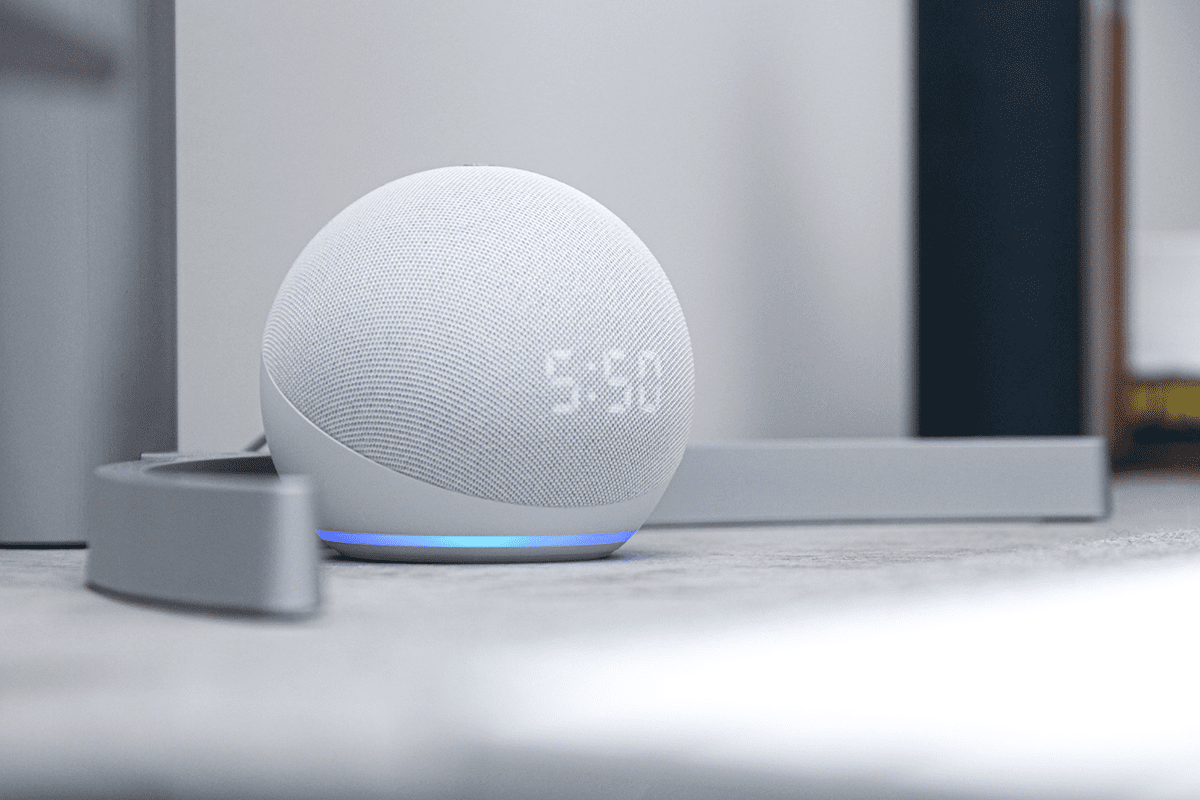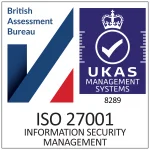
When we talk about cyber threats, your first thought probably isn’t your office thermostat or smart devices… but maybe it should be.
Smart IoT devices – think thermostats, cameras, smart TVs – have become a staple in both homes and workplaces. They’re convenient, clever, and, unfortunately, often wide open to attack. The truth is, if it’s connected to the internet, it’s a potential entry point for hackers.
The latest red flag comes from the US Cybersecurity and Infrastructure Security Agency (CISA), which is sounding the alarm over a critical vulnerability in Network Thermostat’s X-Series WiFi models. These thermostats are commonly used in industrial and commercial settings across the US and Canada, but the issue has implications for anyone using smart tech in their building.
If one of these thermostats is exposed to the internet – say, through port forwarding or a misconfigured router – it could allow an attacker to bypass authentication entirely. We’re talking full admin access, password resets, and potentially worse.
The flaw, uncovered by security researcher Souvik Kandar from MicroSec, has been given a severity score of 9.8 out of 10. In cybersecurity terms, that’s basically DEFCON 1.
And this isn’t the first time a thermostat’s gone rogue. Last year, Bitdefender flagged similar issues in Bosch devices, where hackers could load malicious firmware remotely. The result? Total compromise.
It doesn’t stop at thermostats. Kandar also found a serious vulnerability in the firmware of the LG Innotek LNV5110R – a now end-of-life CCTV camera that’s still widely used. The flaw allows attackers to upload code and execute commands with full admin privileges. If you’re still using one of these, it might be time for an upgrade.
Even Smart TVs aren’t safe. According to Kandar, they’re often “shockingly easy” to hack, thanks to open Android Debug Bridge (ADB) ports and minimal built-in security. From hospital wards to airport lounges, smart screens are quietly turning into attack vectors.
If this all sounds a bit doom-and-gloom, don’t worry – there are solid steps you can take to reduce your risk:
CISA also advises users to lock down any control system devices so they’re not directly accessible online. The fewer open doors, the less likely someone will come knocking.
IoT devices aren’t inherently bad, but many of them come with minimal security out of the box. And in a busy office or commercial environment, it’s all too easy for these gadgets to slip under the radar until something goes wrong.
Whether it’s a thermostat, a camera, or a conference room TV, every new device on your network is another potential way in.
We hope you’ve liked this blog. Stay tuned for more awareness blogs like this. Stay safe!

